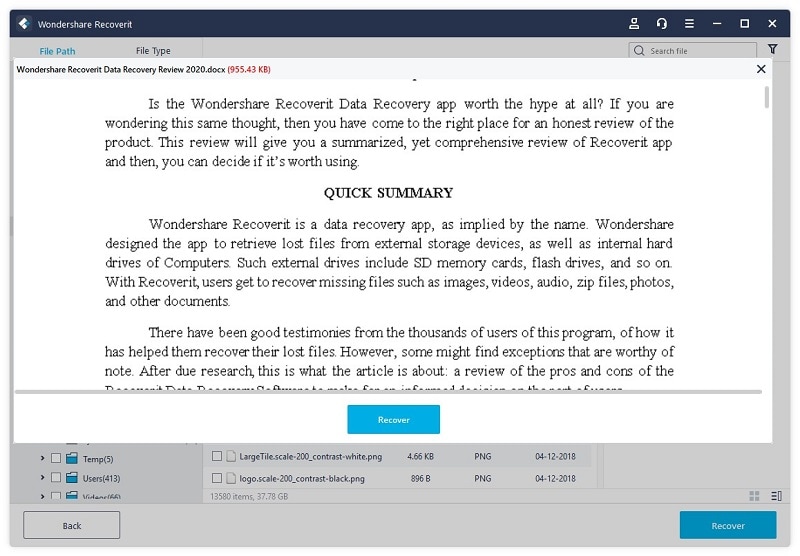

echo is used to display things on the screen.
After that, we are displaying that the files have been successfully deleted using the echo command. We do the same until there is no file with zero sizes. file with zero-sized), using -delete argument we will delete that particular file from that directory. If the directory exists then we are going to use the looping statement (for loop) to iterate over files and check their size using -size 0, as soon as we found a file that meets our requirements (i.e. First, we have to take the directory name as input from the user using the read command and store it in variable directory_name. In the mini window, go to the Tools tab and then click on Check now. Right-click on the USB drive, and then select 'Properties' from the given list. # Or if directory doesn't exists it will printĮcho "Zero-sized files are Successfully deleted" If your USB drive shows 0 bytes due to some file system errors, you can fix them within the below steps. # Taking directory name as input from user If the directory doesn’t exist we are going to display the directory that doesn’t exist. echo is just like a print statement it is used to display things on the screen. rm (remove) is used to delete the files/folder. If the directory exists then we are going to use the looping statement ( for loop) to iterate over files and check their size using -size 0, if the file is zero-sized then we enter the loop and remove the file using the rm command. Here we are using if statement with the -d flag it will return true if the directory exists. To check if the directory name entered by the user really exists, we are using the if statement. Firstly we are taking the directory name as input from the user using the read command. Use for loop to traverse each file and check their size. Input directory name and check if the directory exists in the current folder/directory. #Should i delete zero byte files how to#
How to Hack WPA/WPA2 WiFi Using Kali Linux?. Mutex lock for Linux Thread Synchronization. SORT command in Linux/Unix with examples. 
Open the Run dialog box by pressing Win + R keys together, then type cmd in the Run dialog box and pressing Enter.
AWK command in Unix/Linux with examples You can also make use of CMD to recover 0 byte files if your important files suddenly start showing a file size of 0 byte. Sed Command in Linux/Unix with examples. ISRO CS Syllabus for Scientist/Engineer Exam. ISRO CS Original Papers and Official Keys. 
GATE CS Original Papers and Official Keys.










